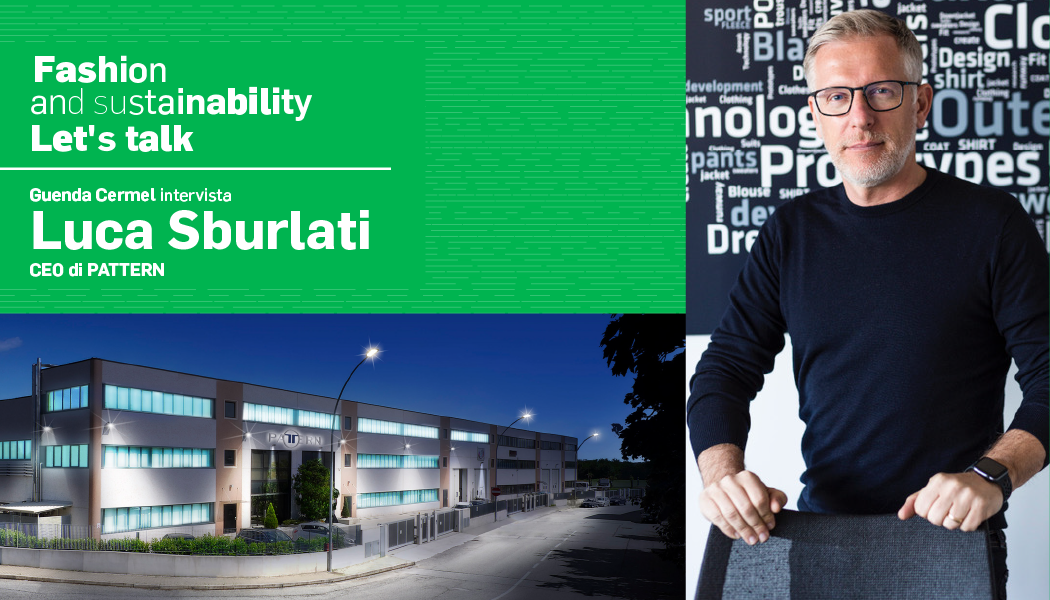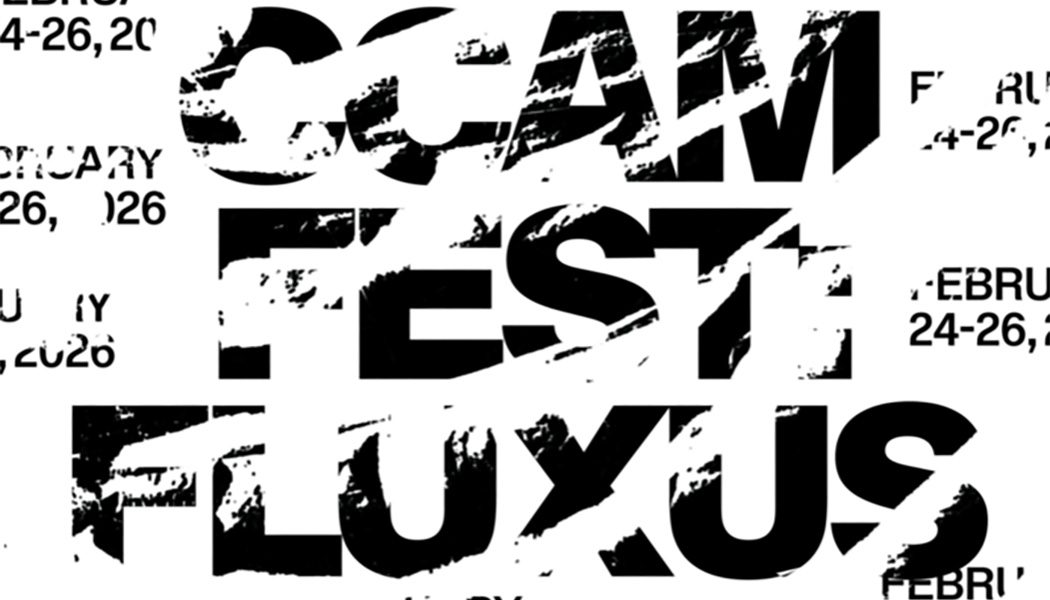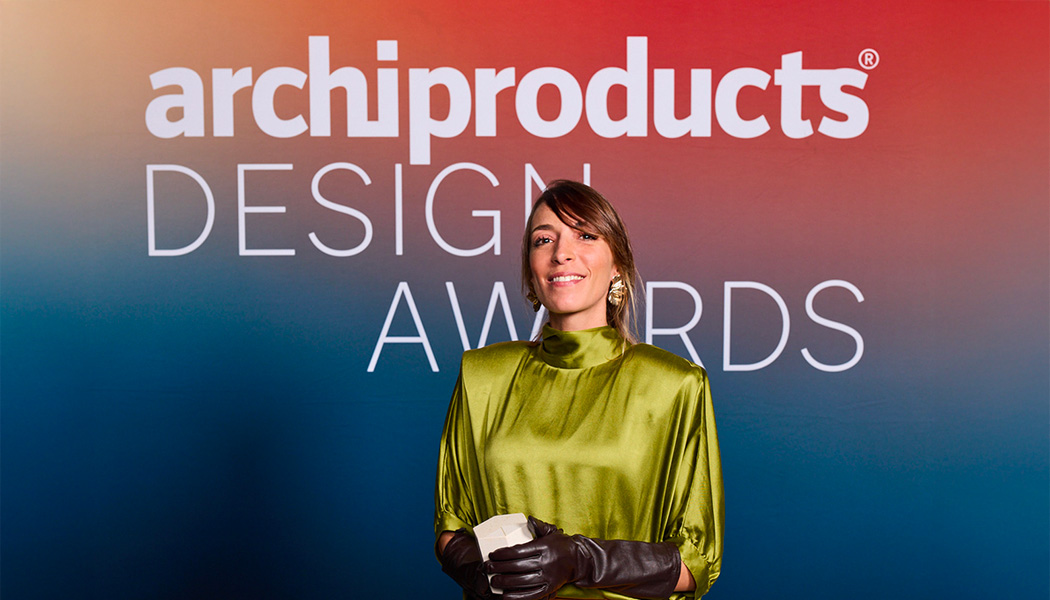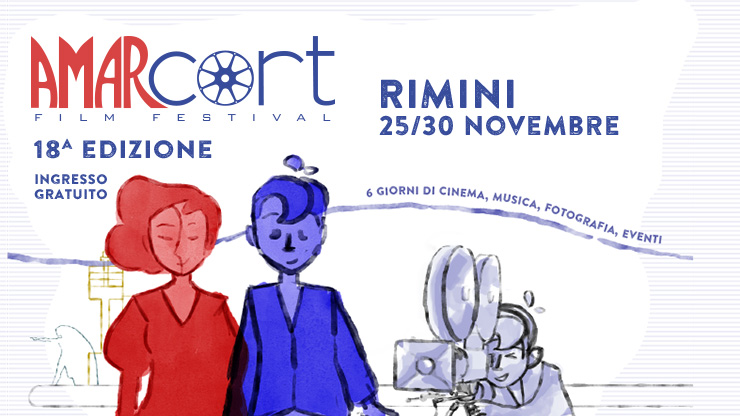First appointment of the format “Fashion & Sustainability – Let’s Talk”.
Guenda Cermel, coordinator of the course in Sustainabale Fashion Design, interviews the CEO of the Pattern SPA Group, Luca Sburlati.
Today, the Pattern Group is made up of five Italian companies active in the design, engineering, development, prototyping and production of the most important international luxury fashion brands, with a presence in four key segments: Women’s, Men’s, Knitwear, and Leather, which allows the Group to manage in-house the production of hybrid garments, which include different materials and processes.
Pattern invests in research and development at all stages of the design and production process, with the use of 3D CAD software in pattern-making and the implementation of digital warehousing, and the development of blockchain and RFID technology.
Modelling is at the heart of Pattern. Does or will sustainable pattern making ever exist? If so, is it a design issue, a process issue, or something else?
There is already sustainable pattern making where processes support a contained use of materials and where digitalisation, in particular 3D prototyping, is revolutionising the way we design and prototype. This revolution has and will have an even greater impact on the industrial phase, where consumption can be radically optimised through much more sophisticated nesting, but also by printing only the strictly necessary parts of fabric. We are talking about optimising consumption by as much as 35-40% and, above all, cutting challenges that are almost eliminated.
You have launched the project “from Red to Green Carpet”, what do you think should be the basic characteristics of sustainable fashion design and what are the skills of a sustainability-oriented designer?
If we want to move from a concept of “sustainability” to a much more far-sighted one of “circularity”, the real challenge is to have designers who are extremely sensitive in their choice of materials and design methods, and that every element that makes up the garment is thought of with a view to reuse, restoration, second life, recycling. This is the real challenge of the fashion supply chain, and the criterion by which we have been trying to measure and guide our company’s choices for years. We have called this project ‘from red to green carpet’, and it has been the basis of all our business decisions for 10 years now.
Pattern handles a cross-section of work in-house, including hybrid garments made of different materials. How do you foresee recycling requirements impacting on this type of design?
Hybridization is an ongoing process in many industries, in luxury it is certainly progressing every season, and technology certainly helps. We will realise that some product categories actually have less waste, I am thinking of whole-garment knitwear for example. From now on, garment designers must already think about how the different materials will be separated to give them a second life. To make circularity, we start with the designers.
Pattern continuously invests in research to support the design and execution process, including block chain technology. How effective is this method in terms of sustainability?
Being sustainable means constantly measuring and tracking what you do every day, and developing plans for improvement. We think that in order to be transparent and monitor all this in a ‘certified’ way, blockchain is one of the best methodologies. Certainly an unassailable way to understand how, where, by whom, when and in what quality the garments were produced. From upstream to downstream of the production process. We have developed block chain operating models to test solutions on final garments, and on tests for the recycling of discarded cutting materials. We then followed all the stages, right up to production, with these cuts of new fabrics for new uses. A test experience that we can now offer to our customers in an “operational” way.
Pattern has been publishing its sustainable report since 2016 and has identified 4 of the 17 development goals to be pursued to achieve the “2030 Agenda for Sustainable Development”. In this context, what is the impact of sustainable fashion design for you?
We have been issuing a sustainability report in accordance with GRI international principles since 2015, and although we are a medium-sized company we try to think in the same way as large, excellent companies do, i.e. by anticipating what will happen and working with our people to ensure that ESG issues are a priority in any decision, even the smallest one. We are one of the very few Italian companies, not only in the fashion sector, that has obtained an international ESG rating from the CDP (Carbon Disclosure Project). The 17 SDG’s are a good way to explain and choose where to start on this journey, and they have been for us too. We must always remember that sustainability for a company must also be economic, so that we can invest in people and their training, as they are the key to our business, and in innovating processes and products in a virtuous way.






